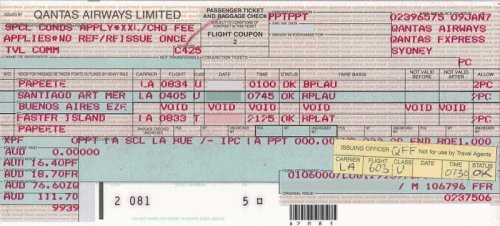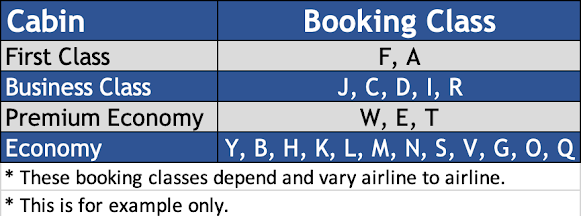Fare Basis and Booking Class
There may not be an Industry more Driven by Traditional Supply and Demand Laws. That’s why one of the fundamental practices of airline revenue management is pricing segmentation. Only offering one price point would critically hinder revenue optimisation.
Therefore, Airlines select multiple price points to stimulate traffic and to obtain the optimal mix of passengers. This is done through a mechanism known as Booking Classes or Fare Basis.
Fare Basis Code
A Fare Basis Code (often just referred to as a fare basis) is an alphabetic or alpha-numeric code used by airlines to identify a fare type and allow airline staff and travel agents to find the rules applicable to that fare. Although airlines now set their own fare basis codes, there are some patterns that have evolved over the years and may still be in use.
Airlines can create any number of booking or fare classes, to which different prices and booking conditions may apply. Fare classes are complicated and vary from airline to airline. The meaning of these codes is not often known by the passenger, but conveys information to airline staff, for example they may indicate that a ticket was fully paid, discounted, part of an excursion package, or purchased through a loyalty scheme.
Fare codes start with a letter called a booking class (indicating travel class among other things) which almost always matches the letter code that the reservation is booked in. Other letters or numbers may follow. Typically a fare basis will be 3 to 7 characters long, but can be up to 8.
Booking Class
The first character of the fare basis code is always a letter, and will almost always match the booking class. Booking codes are the identifiers used by the airline's revenue management department to control how many seats can be sold at a particular fare level. For example, a plane may have 25 economy seats still available and the airline may show it in a reservation system as Y7 K5 M4 T6 E3 which indicates how many of each booking class can be reserved. Some codes cannot be sold by agents, and those seats may be reserved for international connections, loyalty programs, or airline staff relocation.
Booking codes were defined by IATA, but airlines have deviated from the IATA standard and current booking codes are airline-specific. The same code may have different meanings for tickets issued by different airlines. Many airlines use nearly all letters of the alphabet to allow finer yield management. Nevertheless, certain booking codes have retained the same meaning across most airlines:
Meaning of Booking Code
F Full Fare First Class on Airlines which have First Class distinct from Business Class Cabin
J Full Fare Business Class
W Full Fare Premium Economy Class
Y Full Fare Economy Class
This depends on Airline, Aircraft Size and Route. Airlines usually use these codes to maximise revenue.
Source: Wikipedia; Google







Informative writing
ReplyDelete